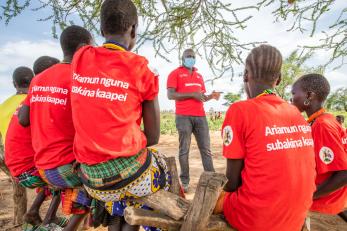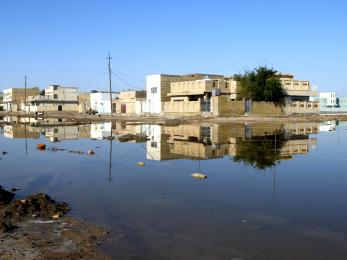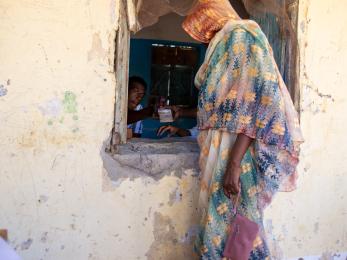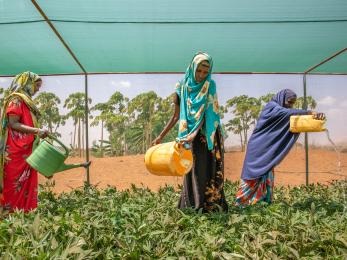Participatory Adaptations in the COVID-19 Era: Learning from the Past and Preparing for the Future

Climate change, armed conflict, and natural disasters are all shocks that can limit the ability of organizations to engage with and access communities. The COVID-19 pandemic and its accompanying policies and restrictions created such challenges for humanitarian organizations, especially those implementing participatory programs that require face-to-face interactions.
To better learn how participatory programs can adapt in response to shocks that limit community access, Mercy Corps conducted a research study focusing on the work of its global programs during COVID. The study, titled Participatory Adaptations During the COVID-19 Era (PACE), investigated how 15 global Mercy Corps programs adapted their programs during the pandemic. The research identifies the following four main adaptations used by the programs in PACE:
- Elevating Committee Representatives as Liaisons: Representatives of community structures played a critical role by serving as liaisons to continue implementing program activities. When accompanied with consistent capacity strengthening and a culture of participation, this adaptation improved local ownership and deepened durability of outcomes.
- Empowering Local Practitioners: Programs that involved local partners and mobilizers in co-designing, implementing, and adapting their programming were able to better develop context-specific activities and encourage community participation. Tailored capacity strengthening and creative use of virtual program management tools were beneficial techniques to further empower local practitioners.
- Deploying Technological Solutions: While this is a common adaptation in response to access limitations, programs found that low-tech and hybrid solutions were often the most successful at avoiding the exclusion of participants with lower levels of digital literacy or poor access to technology. This adaptation demonstrated the importance of investing in digital literacy for both staff and participants and internal technical resources.
- Addressing Needs Emerging from Acute Crises: As new community needs emerge in the wake of acute crises, it is critical for programs to adapt the focus of their activities to address local priorities. Community voices must be centered to understand these emerging needs and approaches for best responding to them, along with continuous and robust context analyses.
The findings from PACE demonstrate the impact of proactively preparing for future shocks that limit community engagement and require program adaptations. Institutions should integrate participatory and adaptive approaches into their programs before shocks occur and adaptation decisions need to be made, including by:
- Fostering genuine community engagement and leadership throughout program life cycles
- Utilizing existing structures to ensure program integration within local ecosystems
- Engaging a diverse network of local actors for robust community support, particularly in crisis situations


